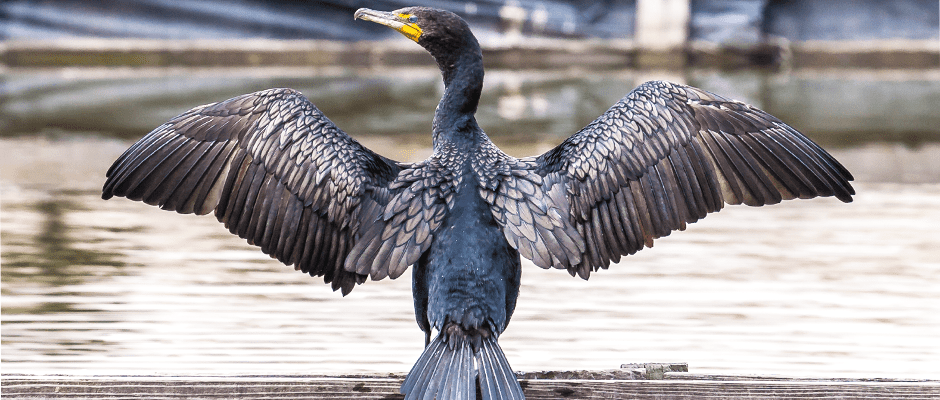Share this article
Judge rules to allow cormorant culls to continue
In a recent ruling, a federal judge ruled in favor of allowing the U.S. Army Corps of Engineers (the Corps) to continue culling double-crested cormorants (Phalacrocorax auritus) that feed on salmon and steelhead in the Pacific Northwest.
In the ruling, U.S. District Court Judge Michael Simon declared that the Corps violated the National Environmental Policy Act when it failed to consider alternative measures before culling cormorants. Despite this, Judge Simon ruled to allow the culling to continue because it may provide some benefit to salmon and steelhead in the Columbia River that are listed as threatened or endangered.
“In considering effects to endangered and threatened species, the ‘benefit of the doubt’ must go to the endangered species,” Judge Simon wrote in the ruling. The double-crested cormorant is not an endangered species. However, the birds feed on salmonid species that are listed on the Endangered Species Act due to significant population declines.
Culling efforts have been implemented primarily on East Sand Island at the mouth of the Columbia River. The first cull occurred in 2015 after the U.S. Fish and Wildlife Service authorized the Corps to begin taking steps to reduce the number of birds on the island and prevent cormorant eggs from hatching. The Corps culled several thousand birds in 2015 and 2016, but halted the operation in May 2016 after a large number of birds abandoned their nests and left the colony on East Sand Island. This abandonment dropped the island population low enough to prompt the Corps to immediately halt the culling program. Biologists investigated what may have been the cause of the abandonment, but were not able to determine a definitive reason as to why the birds left the island.
In June 2016, cormorants were observed returning to East Sand Island, and monitoring efforts have continued over the summer to determine population levels following the recolonization. The Corps will continue monitoring the population and may resume culling efforts if the population becomes large enough to once again threaten steelhead and salmon in the area.
As of Sept. 8, the Corps has identified nearly 4,000 cormorant nests on East Sand Island but has not announced plans to resume culling to reduce the population. Judge Simon’s ruling allows for the continuation of this program if culling is once again deemed necessary.
The ability of double-crested cormorants to consume millions of young fish every year has been identified as a threat to 13 species of Columbia River salmonids listed as threatened or endangered under the ESA. However, some cite habitat loss and hydroelectric dams as a greater threat to listed salmonids, and consider cormorant culling an unjustified management strategy because it is unclear how much salmonid populations actually benefit from cormorant culls.
Culling has been used successfully to stabilize ecosystems and protect at-risk species in some areas; however, non-lethal options for managing cormorants have been studied as an alternative. Read more about the Army Corps of Engineer’s cormorant management program at the Corps’ website.
Header Image: ©Allan Hack








